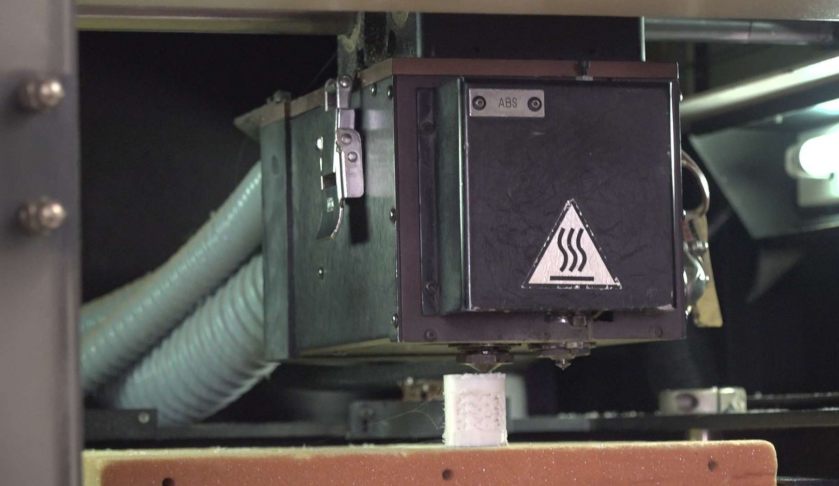The University of Arizona (UA) secured a US$2 million grant from the US Department of Defense as part of a study to develop 3D printing for bone healing and implants for wounded service personnel.
To continue reading the rest of this article, please log in.
Create free account to get unlimited news articles and more!
As part of the US$2 million grant, Dr John Szivek, a biomedical engineer and professor of orthopedic surgery at the University of Arizona, will lead the study to determine how to heal bone fractures using a combination of 3D printed bone components and adult stem cells.
"Imagine an impact that causes half of a long bone to shatter so that it can't be put back together – no current surgical treatment can ensure that kind of injury will heal," Dr Szivek said.
Dr Szivek's lab plans to 3D print scaffolds – plastic bone-shaped frames – that can replace large, missing or broken bone segments. These scaffolds will be filled with calcium particles and adult stem cells, two key elements that lead to much faster healing and bone growth. Once implanted, the scaffold will serve as a template for bone to grow on.
To test this theory, the 3D implants will be embedded with tiny sensors that can wirelessly transmit exercise activity. These sensors will analyse loading, or how much weight is being put on the scaffold, and for what length of time.
Bone size changes in an active group that regularly exercises will be compared with an inactive group. Dr Szivek's team expects to see that the active group that regularly put weight on their healing limbs will show much quicker bone growth.
The team hopes to develop guidelines for post-surgical physical therapy by demonstrating that exercise leads to better bone formation. Current treatment of these traumatic injuries usually fails and requires repeated surgeries.
"Patients often re-break the damaged bone area after surgeons try to repair it and the limb will eventually be amputated," Dr Szivek explained. "There's just no good way of regenerating or re-growing long bone segments right now."
The human body will attempt to re-grow missing or damaged bone for a few months after an injury, but it eventually gives up on the process. At that point, scar tissue fills the defect instead of bone.
"That's why we need to develop a way to grow bone as quickly as possible – to help the body while it is still able to grow and replace the bone," Dr Szivek said.
He hopes the potential therapy also will help patients with bone cancers that are removed operatively.
This study is supported by the Office of the Assistant Secretary of Defense for Health Affairs through the Congressionally Directed Medical Research Program, Defense Medical Research and Development Program.
Dr Szivek added, "This is a really big problem for the military, where explosions or combat injuries can cause big bone defects."

 Login
Login







